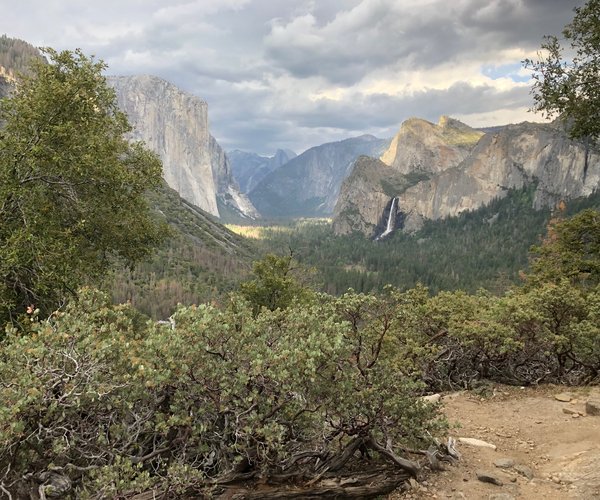By DENNIS WYATT 209 staff reporter It’s not the highest peak in the Sierra but when it comes to vistas Sonora Peak is arguably without peers in the Sierra when it comes to accessibility. The 360-degree view from its 11,459-foot summit is worth every step of the short but semi-strenuous 5-mile round trip from the St. Mary’s Pass Trailhead located just west of the 9,623-foot Sonora Pass on Highway 108. The fairly easy to follow trail, the short distance in terms of Sierra peak hiking, and the rewards once you reach the summit make it a popular pick for hikers of all abilities including neophyte peak baggers.
A perfect hike for neophyte peak baggers





